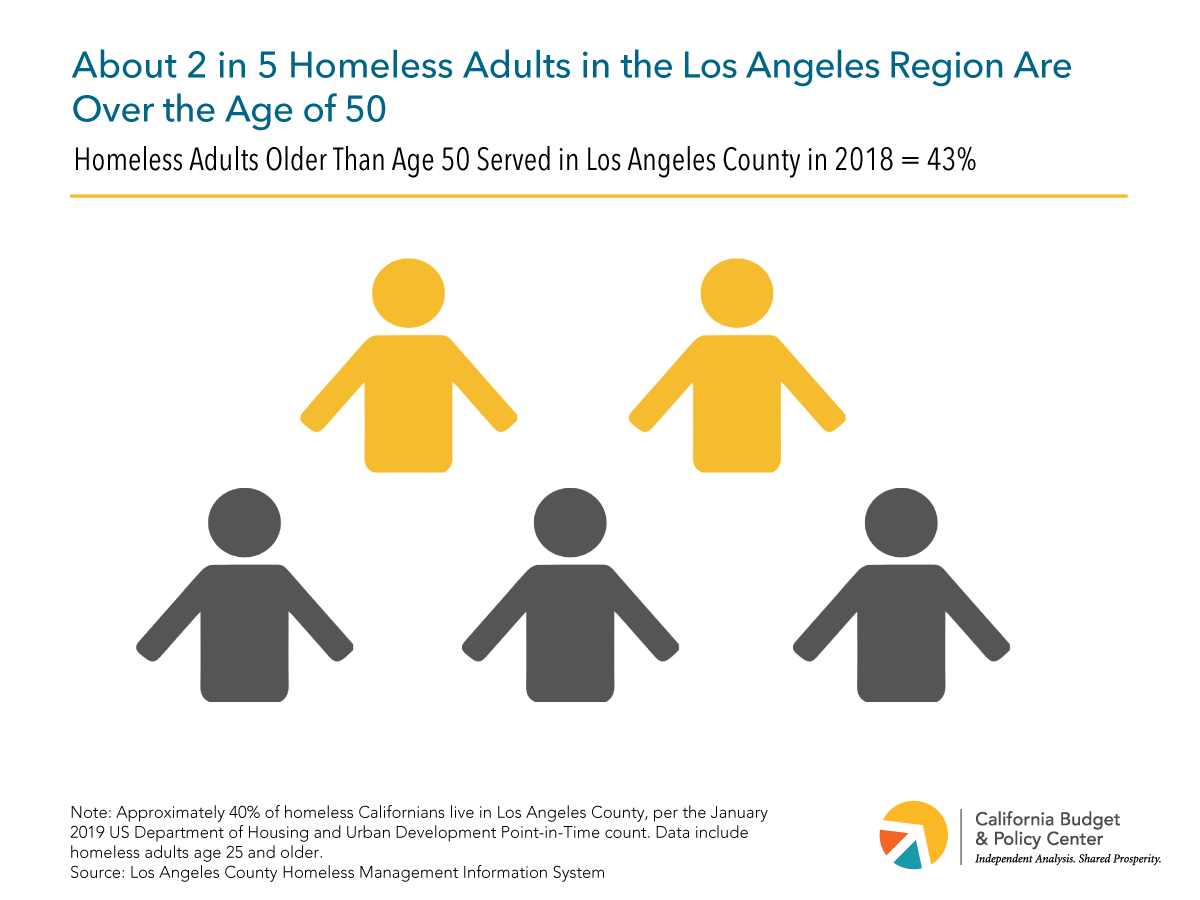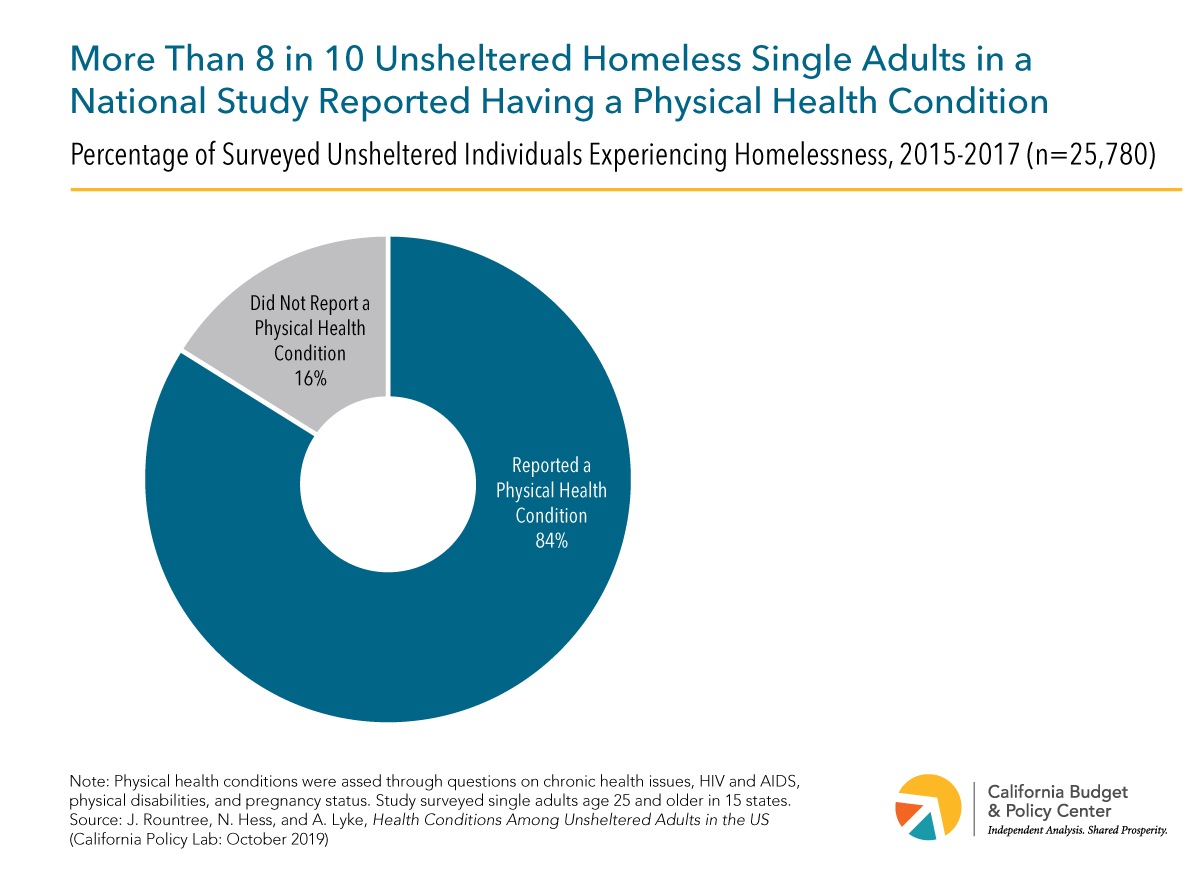Introduction
Almost 17 million Californians — 44% of all state residents — live in homes that are rented. As the economic effects of the COVID-19 pandemic have unfolded, the urgent needs of California’s renters have rightly received significant attention, including calls for eviction moratoriums, rental assistance, and production of more affordable housing. Many of the millions of workers who have lost jobs fear missing rent payments and losing a safe home for their families at a time when having a safe and stable home is especially vital for both personal health and public health. Even before the COVID-19 pandemic and recession, when the state’s economy was booming, millions of California renters struggled to afford the high cost of their housing. In the coming months, California’s local, state, and federal policymakers will have choices and decisions to make about how to address the needs of renters through proposed changes in laws and new policy proposals.
To inform these choices, this Issue Brief addresses a few key questions:
- Why do California’s renters face an increased risk of housing instability and homelessness?
- How do renters’ housing crises affect individuals’ health during the COVID-19 pandemic and beyond?
- Which Californians are most likely to be renters?
- And who are the Californians most likely to be affected by the policy choices that local, state, and federal policymakers can make for renters?
Support for this Issue Brief was provided by First 5 California.








